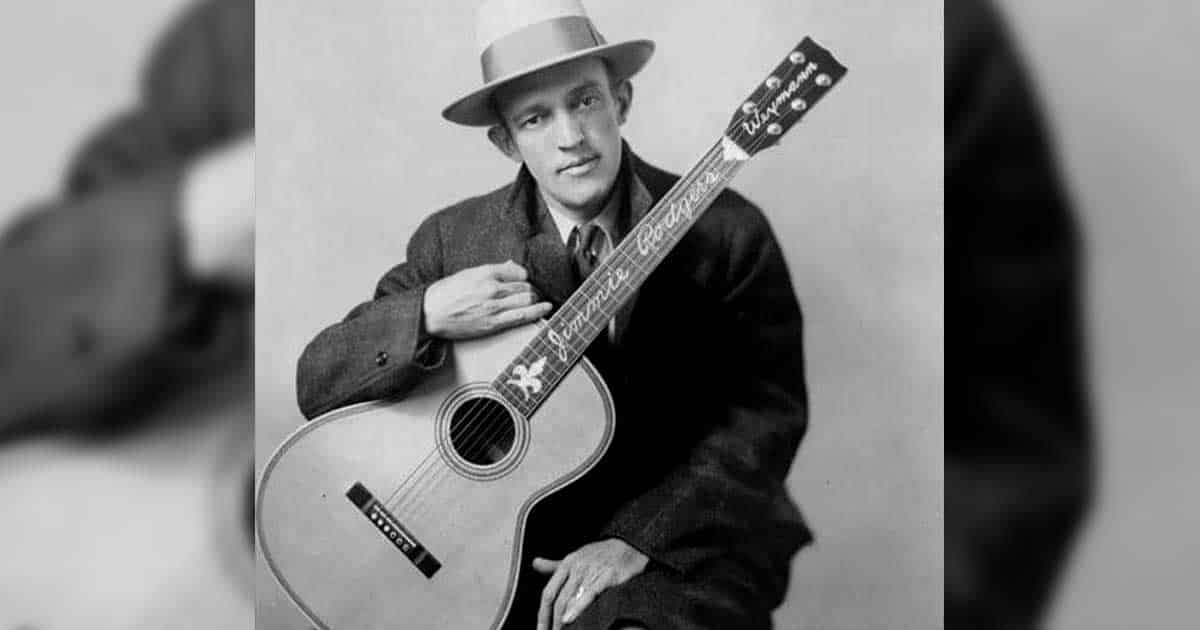On May 26, 1933, the world of country music lost the man who started it all. Jimmie Rodgers, who was honored as the Father of Country Music, died at the age of 35 after years of fighting tuberculosis. He succumbed to pulmonary hemorrhage brought by the disease.
Rodgers’ career reached its peak from 1928 to 1932. With his first release getting the public’s extraordinarily strong response, Victor Records arranged for Rodgers to record again. From this session came the famous classic “Blue Yodel (T for Texas),” his first-ever big hit that endured to this day.
Within months, Rodgers was on his way to national stardom! He played first-run theaters, broadcasted on a regular basis from Washington, D.C., and performed in major Southern cities.
But Things Took A Turn
In 1924, Jimmie Rodgers was diagnosed with tuberculosis. He was only 27 then.
Eight years later, his failing health made it difficult for him to carry out the international tours he had planned. All through the spring of 1933, Rodgers tried booking personal appearances – but with little success.
Even so, in the month of May that year, Rodgers headed to New York to fulfill his Victor Records’ contract for twelve more recordings. It took him a week to complete these group of sessions. During the first day, he managed to record four songs. However, he had to record sitting down the next day. The final recording session was a tough one for Rodgers. He was so weak that he needed to be accompanied by a nurse and would need to rest on a cot between takes.
RELATED: “Years Ago”: Jimmie Rodgers’ Last Recording
Sadly, two days later, Rodgers collapsed on the street and died after a few hours.
He was buried in Meridian, Mississippi, which has held the annual Jimmie Rodgers Memorial Festival since 1953 in honor of the anniversary of Rodgers’ death. Truly, a legend will never be forgotten.


















